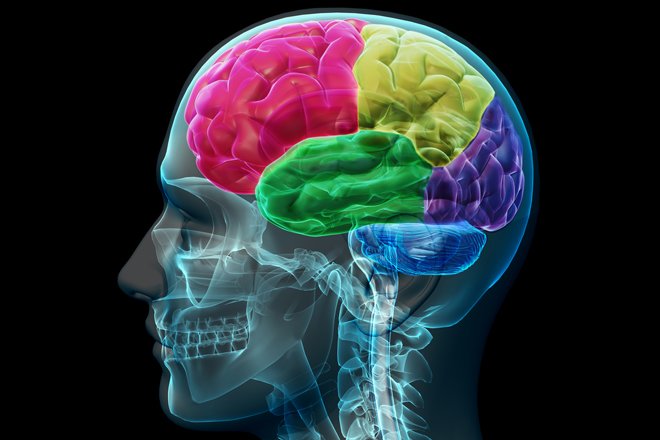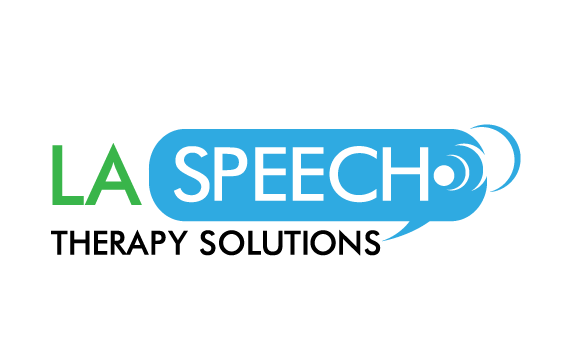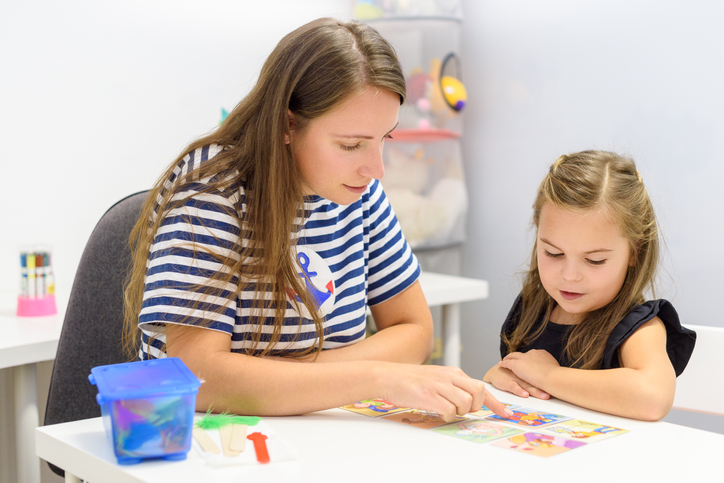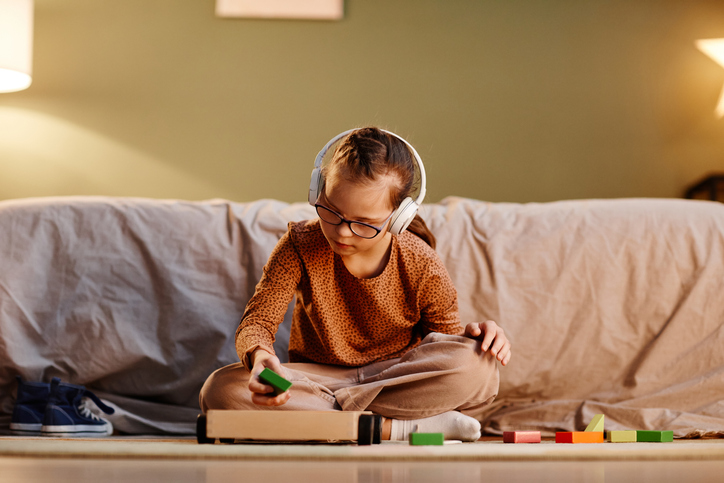
There have been multiple medical studies conducted on the region of the brain that controls speech in the hopes of discovering a direct cause for stuttering in both adults and children. The more recent research conducted by the University of Alberta suggests a pattern of abnormal development in the grey matter in the Broca’s area of the brain among those who suffer from stuttering. Through conducting a series of MRI’s in both adult and child patients suffering from this condition, the Broca’s abnormality was the only inconsistency discovered after thoroughly examining over thirty different areas of the brain.
Abnormalities persist with age.
This discovery is considered a significant scientific breakthrough for finding a permanent cure for the stuttering disorder. Deryk Beal led the research that consisted of 116 males from the ages of six to 48. Over half of the participants stuttered while the remainder were used as a control group. Beal’s team was able to verify that the brain abnormality in the Broca’s region persists with age in those who suffer from stuttering. Meanwhile, the cortical thickness of the same associated grey matter in the control group steadily declined with age.
Is a cure for stuttering eminent?
While this new data is certainly viewed as a progressive step towards finding a cure, scientists cannot say for certain that stuttering is a direct result of these abnormalities in development of the Broca’s area. Beal equates the possibilities to that of the “chicken or the egg.” The research does not clearly indicate which comes first. Does the abnormal development in the grey matter cause the stuttering? Or does the stuttering cause the abnormalities instead?
However, there does seem to be significant evidence that the two are directly linked, which is considered a “huge improvement” to previous research findings, says Beal. Beal is also calling for further long-term studies, particularly in areas of brain development in children who suffer from stuttering. It is Beal’s hope that eventually children will be able to heal themselves from this speech disorder that so often results in years of childhood trauma and embarrassment.










